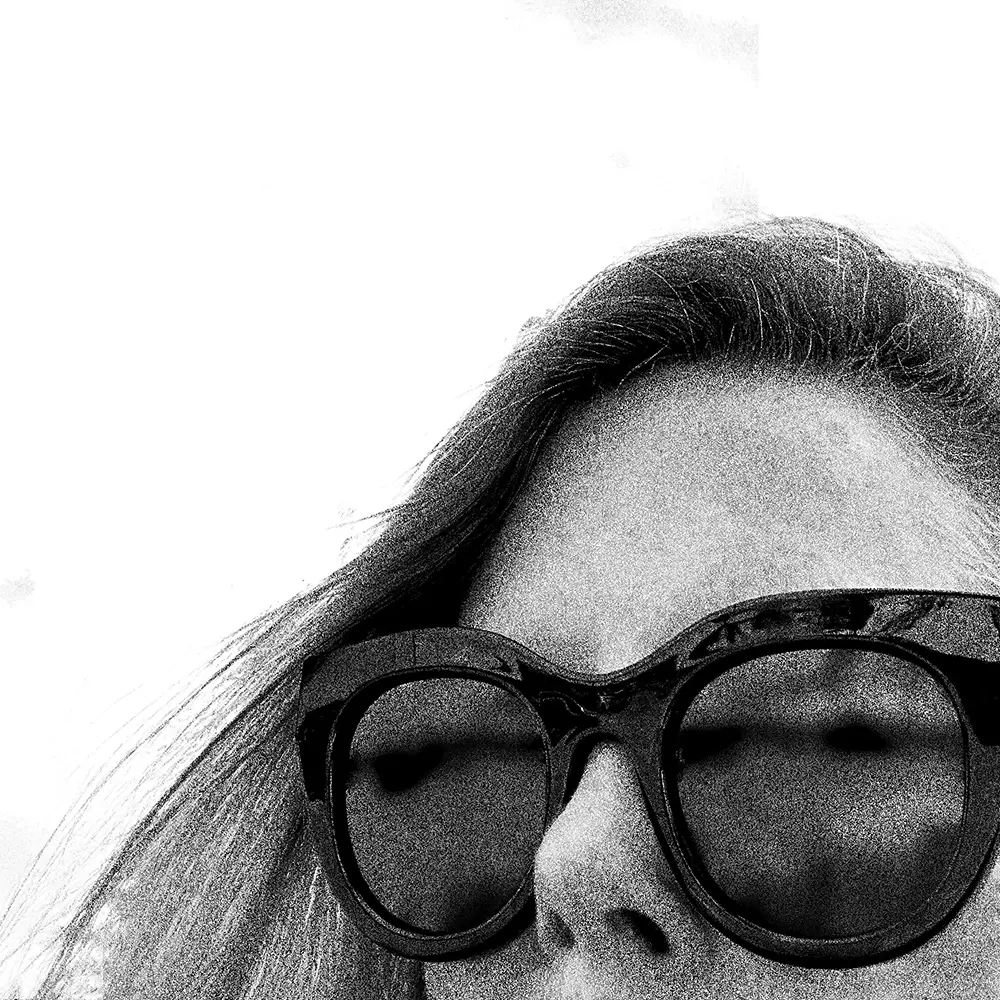B. McCormick’s photographic work explores the intersection of built and natural environments, where man-made structures and organic elements collide to create movement and challenge perceptions of visual depth.
Her process often begins with pinhole or other analog film cameras; many images are constructed through layering and multiple exposures, capturing not only what is seen, but what is felt—balance, tension, and the passage of time.
With a background in architectural photography and industrial design, McCormick brings a unique appreciation for the tension between structure and chaos. Her creative process—rooted in curiosity, exploration, and a touch of magic—is often as compelling as the final image itself.
Her work has been exhibited at the Griffin Museum of Photography, Nude Nite (Orlando/Tampa), the Florida Museum of Photographic Arts, Osceola Arts, Cotuit Center for the Arts, and the Sarasota Art Museum.
